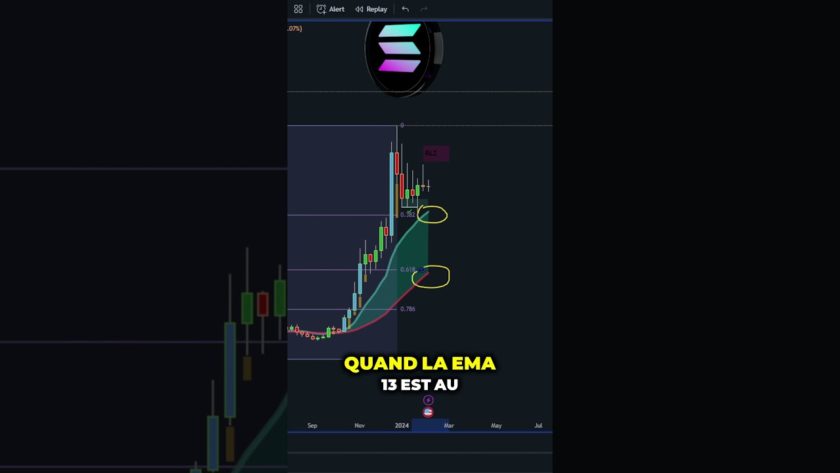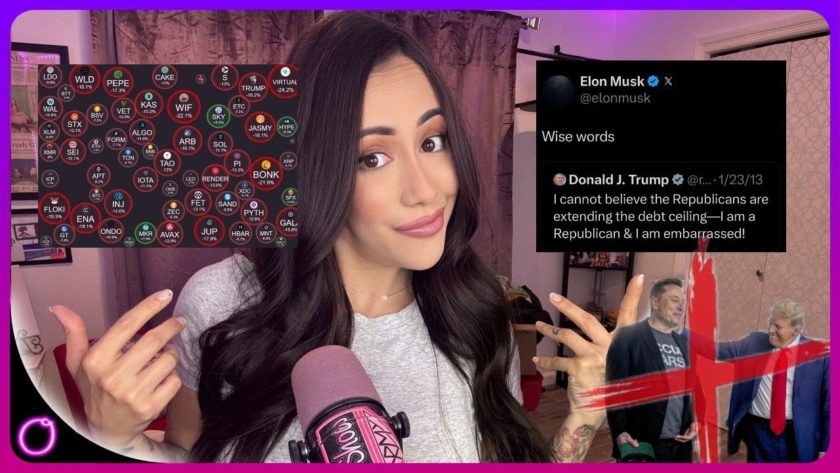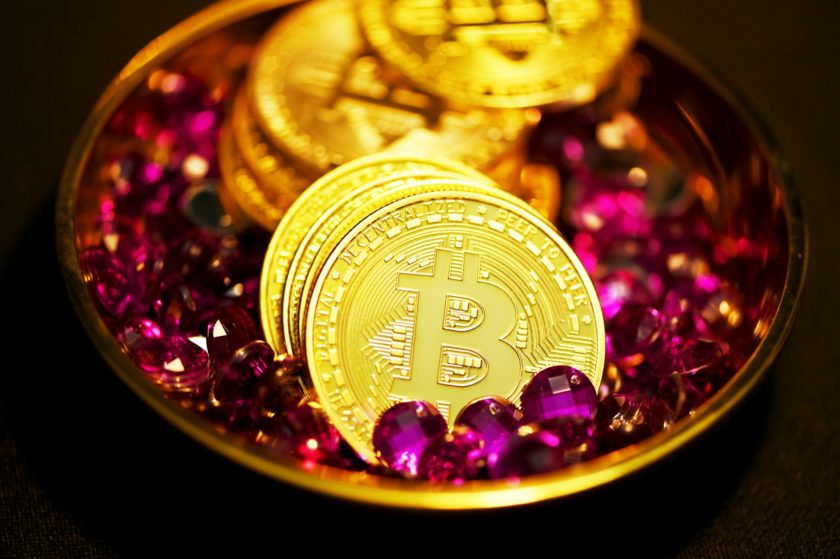Charles Hoskinson , co-founder of Ethereum and founder of Cardano , is unhappy with the way he was portrayed in a recent interview . The interview, which is written in the first-person and characterizes Hoskinson in various lights, closes, in part:
Without litigating the details of his various spats, this is not a man gifted at de-escalation, or even self-effacement. Could Charles Hoskinson have accomplished quite as much if his Twitter finger were a bit less itchy? Could he have accomplished more?
Cardano Founder Feels Ambushed
The article focuses on the darker aspects of the Cardano founder’s personality, but Hoskinson feels that he was ambushed. In response, he has published the following ten minute video blog, which addresses the interview and the tactics used:
VIDEO
Hoskinson helped co-found Ethereum but left early in its development due to disagreements about strategy. According to Hoskinson, a lot of people in the Eth community spoke poorly about him after his exit. Cardano first started coming into our collective consciousness during the boom times of 2017. Hoskinson says:
[W]e launched the first release of our system in 2017, as a way of just building a fan base and getting liquidity. We kind of took the space by storm. We released it and they said well, this Cardano thing looks pretty interesting, especially because of the quality of the academic research
The ICO officially ran for over a year, from September 2015 to January 2017. It raised $62 million in all, and the platform is developed by Hoskinson’s company, IOHK.
Interview Skews Toward Personality, Rather Than Cardano Tech
Cardano is a platform much like Ethereum or EOS, built for enterprise smart contracts. While Morris didn’t focus on it, Hoskinson was excited about to talk about an upcoming upgrade that will greatly decentralize the Ada network, called Shelley. The upgrade will “guarantee” decentralization of the network by optimizing it for as much. Hoskinson told Morris:
[I]t’s moving to a permissionless model, and that’s what Shelley’s all about. Over a period of a few months, the system will go from totally federated to completely decentralized. It gives you time—for the social dynamics to get right, for your software to harden and mature. So you kind of have like training wheels on your bicycle, and over time you can open that up. […] We built into the system an incentive for the system to kind of tend towards 1,000 stake pools. You get optimal rewards when you have 1,000 pools. And when you have more than that you actually start seeing a decline in the amount of rewards inside the system.
In his video blog, Hoskinson rants:
What I’m not happy to do is sit down with a journalist and be told that we’re going to have an open conversation about our products or the things we’re working on and then for an article to be written basically saying it was all just a test to see if I was a horrible human being or not.
“Apparently That’s Part of the Millieu”
He then lists some things he felt were intended to paint him an unfavorable light, like the fact that his team attended the meeting with him. He wonders why they were even mentioned. Often, when you conduct an interview, in person or by phone, the subject will have someone else helping them facilitate the meeting. Usually these are PR representatives or people who work for the subject. This reporter would have to agree it’s awkward to include any mention of these people in an article supposedly about a blockchain and its founder.
The interview spends a lot of time talking about Hoskinson’s social media engagements, and that’s where the title derives from, as well: “Boxing With Shadows: Is Charles Hoskinson His Own Worst Enemy?”
Author David Morris says:
I am not sure what I saw, or even whose eyes I saw it through. Hoskinson is not just friendly and voluble, but truly passionate about his work, and deeply in command of the details. He is also palpably aggrieved, perhaps slightly flinty, and certainly quite proud of himself.
Admittedly, the tone of the article is less virulent than you’d expect if it were intended to defame Hoskinson, but at the same time you can see why Hoskinson takes issue with his characterization. This happens to be a crucial time for Cardano, as it works to prove itself a viable alternative to things like Ethereum, EOS, Tron, NEO, and the rest.
The field of competition has grown exponentially since 2015, and major projects launched on Cardano are rarely heard of. Hoskinson might have preferred his interviews during the “media tour” to focus on the benefits of Cardano, rather than his personal history in the crypto space.
Morris later complains:
I turned off my recorder, prepared for a bit of casual banter after Hoskinson’s impassioned finale. But within seconds, he was staring at his phone, checking Twitter, as if I had disappeared from his consciousness without a trace. It’s a compulsion I can all too easily relate too—but also a snub that’s impossible not to notice.
Certainly, more damning profiles have been written of controversial figures . Nevertheless, we leave this episode of Crypto TMZ feeling that Hoskinson may have a justifiable beef now.




